Ireland
December, 2019
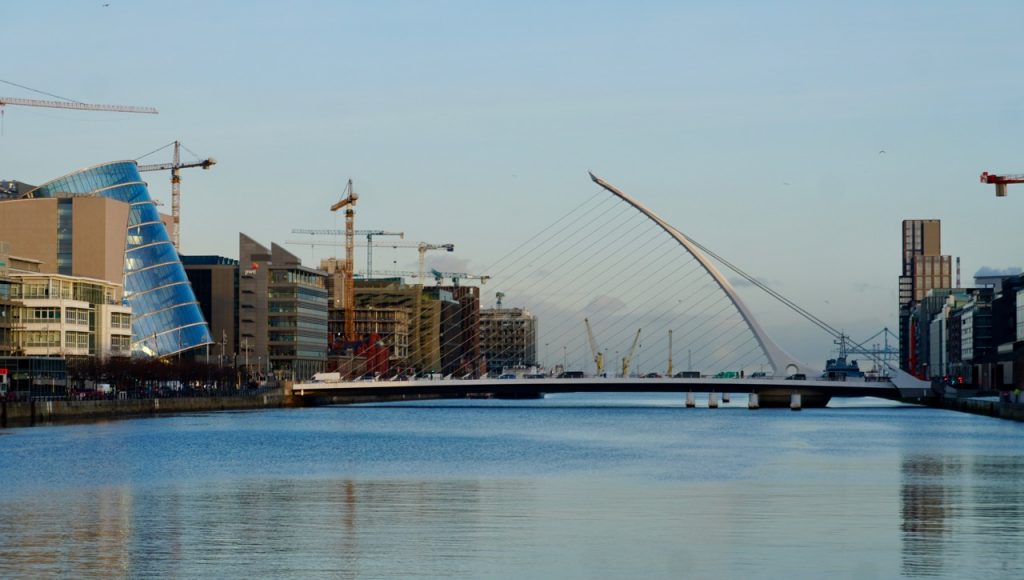
Ireland had always been on my “bucket list.” So I’m ecstatic to have gotten the opportunity to visit, even without long prior planning. Susan had contacted the founder of the International Virtual Reality in Healthcare Association, who, when he learned about Healing Healthcare Systems, invited Susan to give a keynote address on the history and journey of C.A.R.E. Ninety-five percent of the conference attendees are start-ups or have been involved with VR and recently turned their attention to healthcare. We were consumed with the conference for two and a half days, followed by several days of simply being tourists.
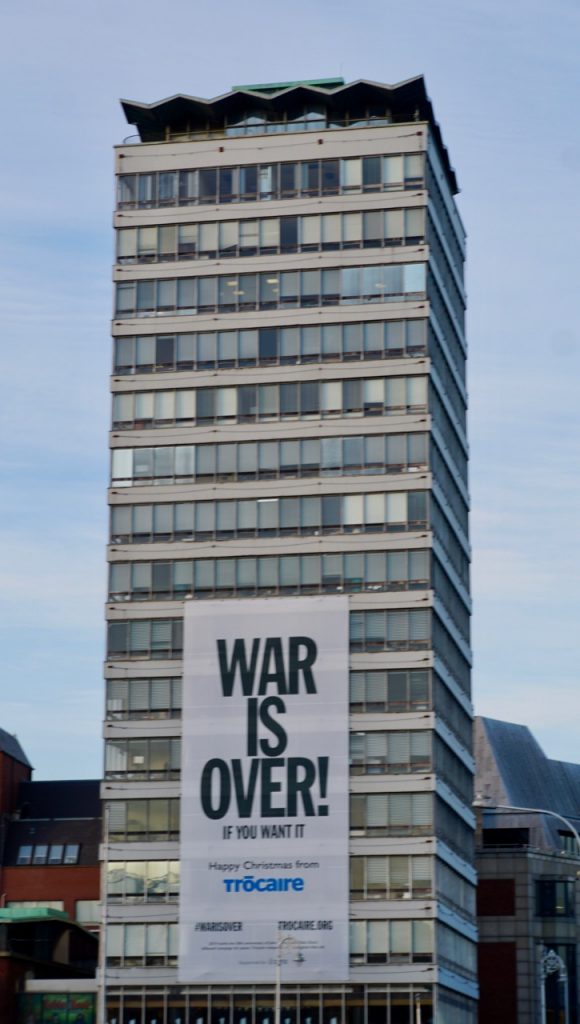
There is a commonly accepted belief in the US that Canadians are friendlier and more courteous than Americans. I can now affirm that this cliché applies to Irelanders as well. In our week in Dublin, we did not experience a single negative encounter. Every person we interacted with was open and welcoming. I don’t have any Irish family heritage, but many Americans do. So I understand better now the strong cultural ties and reverence for Ireland that I’ve observed all my life.
On our first day, we visited the Epic Museum of Irish Emigration. The museum is comprised of many rooms with multi-media displays based on different themes of Irish history and culture. Irish history is tumultuous, including the “troubles” in the twentieth century in Northern Ireland. In the Potato Famine of the 1840’s which lasted seven years, Ireland lost a quarter of its population, over a million people, to famine and emigration, primarily to the US. Ireland was under British rule for eight hundred years, from the thirteenth century. But in 1916, in the middle of World War One, the Irish independence movement rose up in rebellion against British rule. The eventual forming and acknowledgement of the independent Republic of Ireland was recognized by the US in 1924.
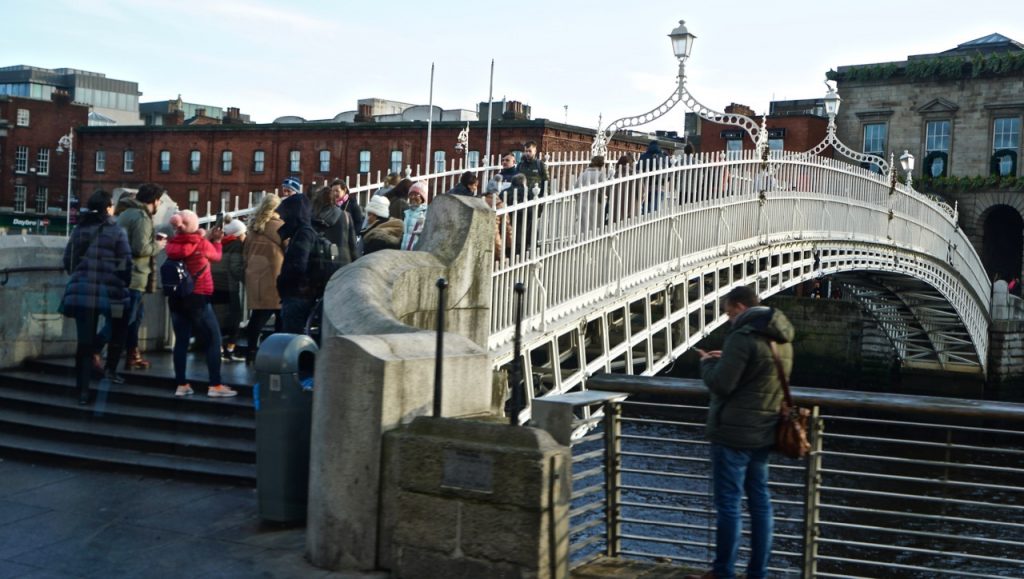
Not a perfect result, Ireland was split with the province of Northern Ireland still under British rule (to this day), which found itself a battleground between Catholics and Anglican Protestants. The twentieth century witnessed a series of bombings, massacres, assassinations, and conflict between Protestants and Catholics in Northern Ireland. With the current controversy about Brexit, there’s the fear that old conflicts will again lead to violence. History in general, and Irish history in particular, is complicated.
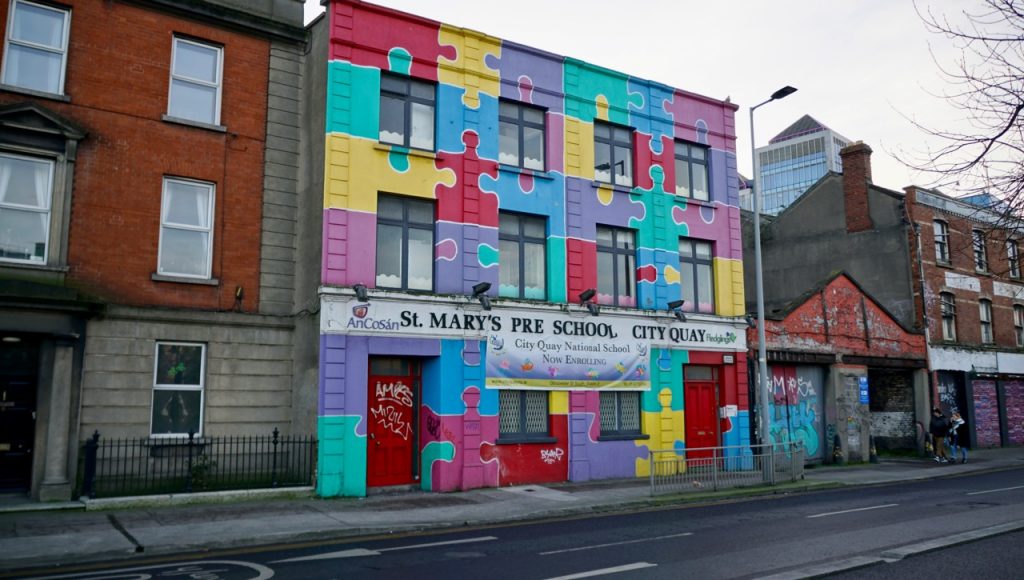
Our taxi driver on the first ride from the airport to our hotel responded to my question about the practice of the Gaelic language. He said, we Irish resisted the British for eight hundred years, fighting to preserve our unique culture. Yet, now that we are finally free of the British, we find that the English language is supplanting our mother tongue. Now, only in isolated rural areas is Gaelic the primary language. In the cities, English predominates. Even city-born Irish know at least some Gaelic words, but many speak only English. Nonetheless, all the signs are posted in both languages, with the Gaelic on top/first.
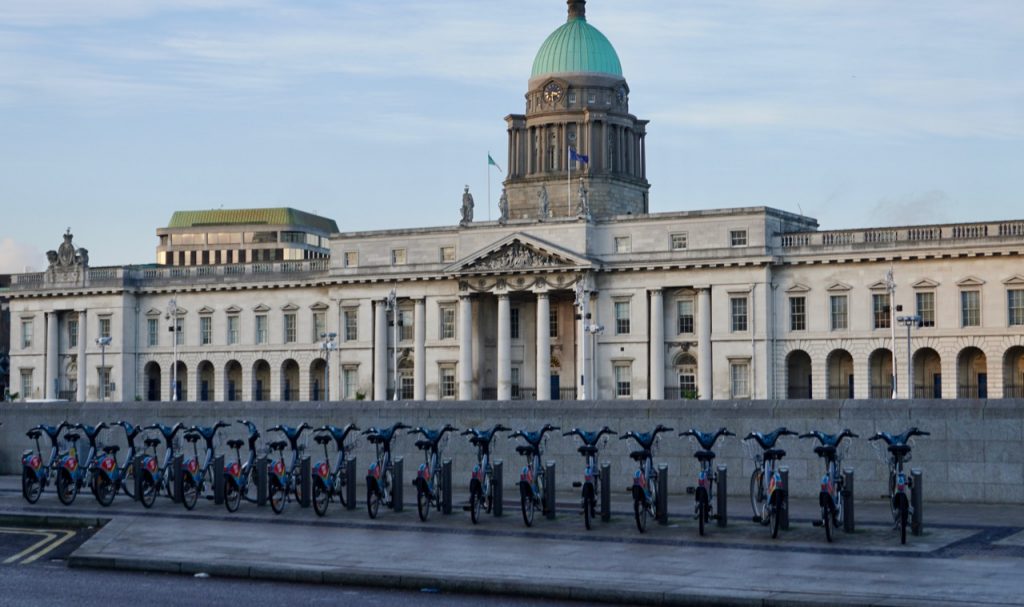
The city of Dublin is Ireland’s largest with over a million people. The total population of Ireland is under five million. In the city tour, we heard that the island of Ireland had originally consisted of five separate kingdoms. Marauding Vikings established a presence in what is now Dublin in the eighth century. After a several centuries of encroachment by the Vikings into Irish territory, one of the Irish kings implored the Normans of England to come and rid Ireland of the Vikings. The Normans assembled a large force which successfully expelled the Vikings. However, they didn’t stop with the Vikings. They proceeded to conquer all of Ireland, bringing it under English rule for the next eight hundred years. The cruelest ruler of Ireland under the British was Oliver Cromwell. Execution of Irish resisters was common from the beginning and into the twentieth century.
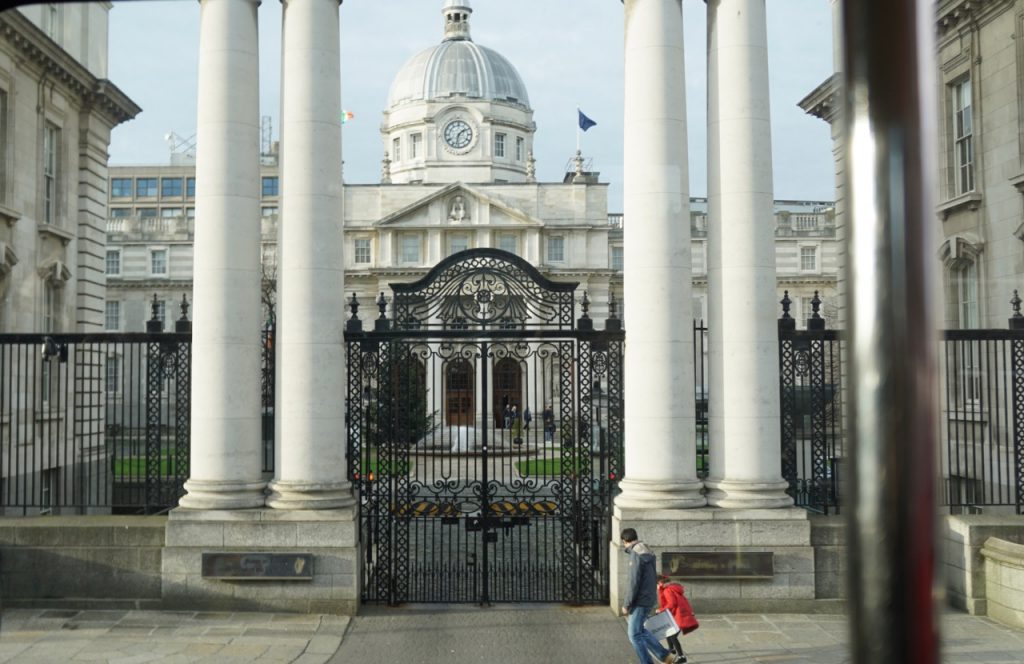
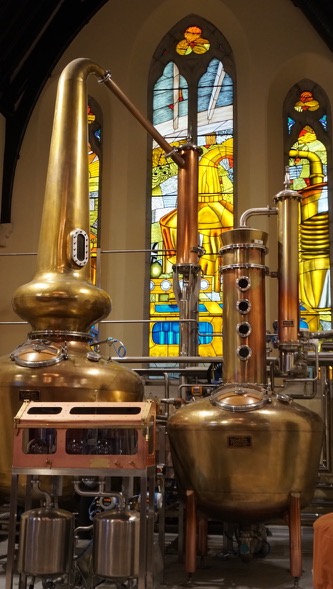
Most of the Irish nobility of the eleventh century fled to Europe and particularly France. They brought their brewing art with them to France, establishing a lineage of distillers that still thrive today, such as Hennessey’s, a French brand with Irish roots dating from that original royal emigration. Ireland remains one of the world’s largest alcohol exporters, of its many famous whiskeys and its Guinness beer. I’ve never been a whiskey drinker. I always said to myself that I would wait and learn when I visited Ireland. So I’m happy to report that I took a distillery tour which concluded with a tasting of several different whiskeys. Actually, by reputation and observation, as evidenced by the numerous crowded pubs and bars, drinking is the national pastime.
December is not “high tourist season” because of the weather. Though the temperatures were in the forties (5-10 degrees Centigrade), the rain and the wind were chilling. Luckily, I traveled with a heavy jacket, scarf, and hat. Otherwise, walking outside would have been unbearable. The week prior to our visit, it had rained every day. Luckily for this week, it rained less than half the time. On our final day, we took a full day bus tour which drove across the island to the Western coast to the most visited natural location in Ireland, the Cliffs of Moher. Luckily, the weather was perfect, following a strong storm on the previous day with heavy rain and powerful winds that had forced the cancellation of all tours.
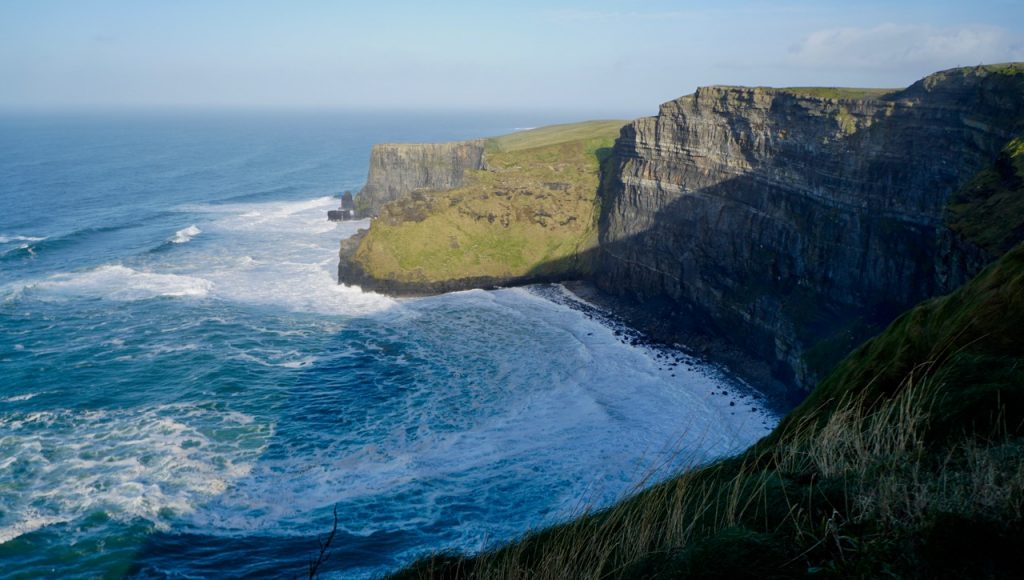
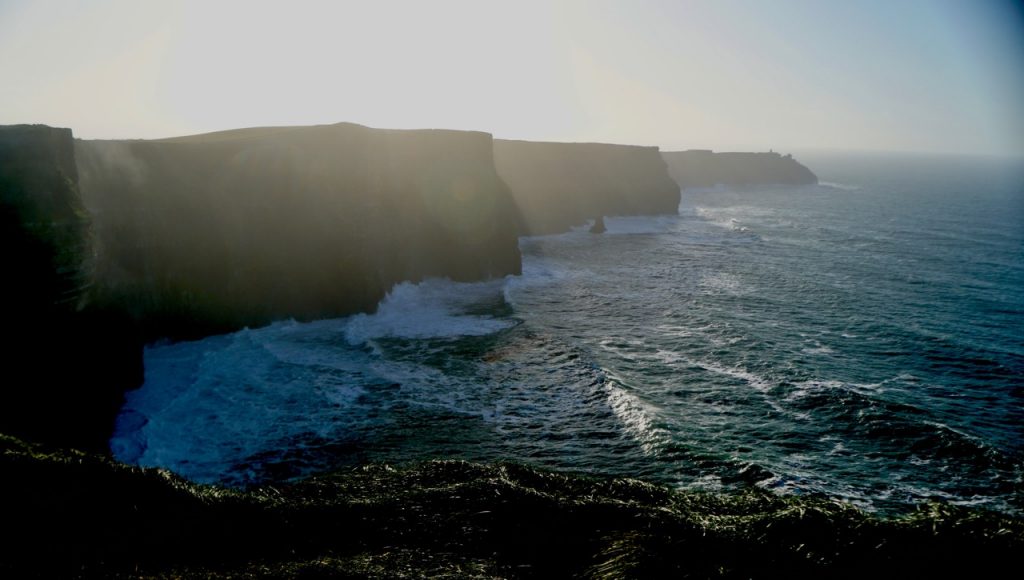
Finally, more about the conference. Virtual Reality refers to the immersive technology created by 360-degree video and sound. New uses and applications are being created. Traditionally, gaming and flight simulation have been the primary focuses of VR apps. However, in the last couple of years, VR has been applied to the healthcare industry, such as through surgical training, psychiatric counseling, and patient care. Our young staff of Healing Healthcare Systems has developed a VR app, C.A.R.E. VRx, that is an extension of our primary product, the CARE Channel. Our intrepid videographers have been shooting 360-video for a three years in exotic scenic locations such as Iceland and Italy’s Dolomite Mountains. Stunning video coupled with beautiful music has resulted in great interest within the industry for our C.A.R.E. VRx app. Primary uses of the app are for pain control, reducing stress, and providing respite from the intensity of the health crisis.

HHS staff have attended several conferences on Virtual Reality in Healthcare during the last two years. This was the second one that Susan and I have attended. We have two additional VR-themed conferences on our calendar for 2020. I was impressed with the Dublin conference attendees from Germany, France, Belgium, the Netherlands, etc., who demonstrated the results of focused research with this technology. The amount of interest in VR is stunning. And, it feels like Europe has a more open system, as VR is a rising new technology in European hospitals, perhaps more than in the US. In the US, early adopters of VR have included cancer infusion centers and dialysis centers, where patients are forced to sit tethered to machines for many hours.
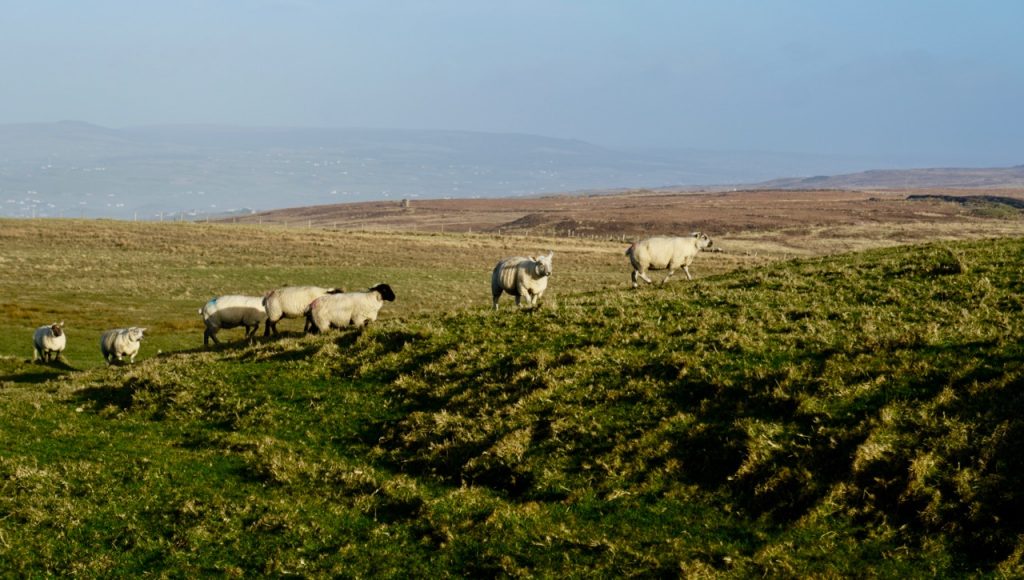
Susan was the keynote speaker on day two of the conference, offering insights into the path for bringing new products into the world of the healthcare industry. The response to Susan’s presentation consisted of her telling our story about the changes in the healthcare system. The success of the CARE Channel demonstrates the pathway that could lead to acceptance of VR within the healthcare industry. I opened Susan’s presentation with a meditative flute improvisation, providing a non-verbal experience to clear minds for receiving the information to follow.
We expect that the International Virtual Reality in Healthcare Association will repeat this conference again in 2020. We hope to attend again, because VR is a very exciting technology and it feels great to be part of the birth of this new industry. Also, it will give great pleasure to visit the “Emerald Isle” of Ireland and its wonderful people once again.
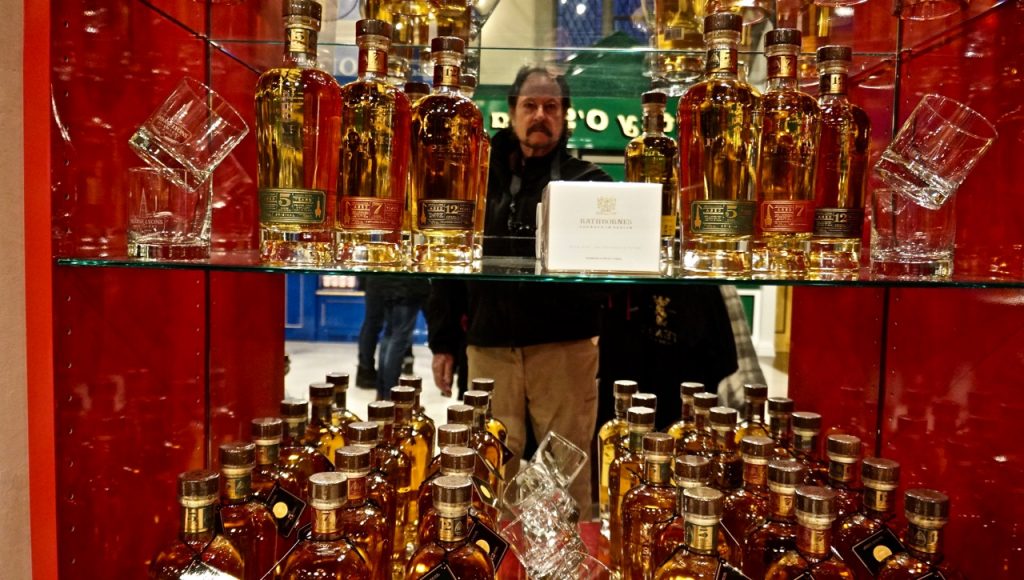
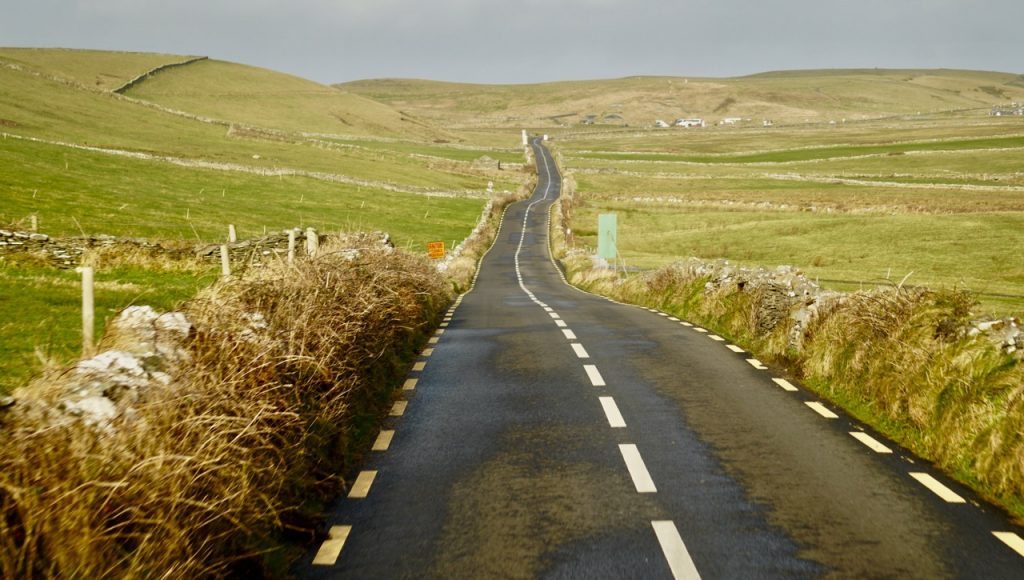
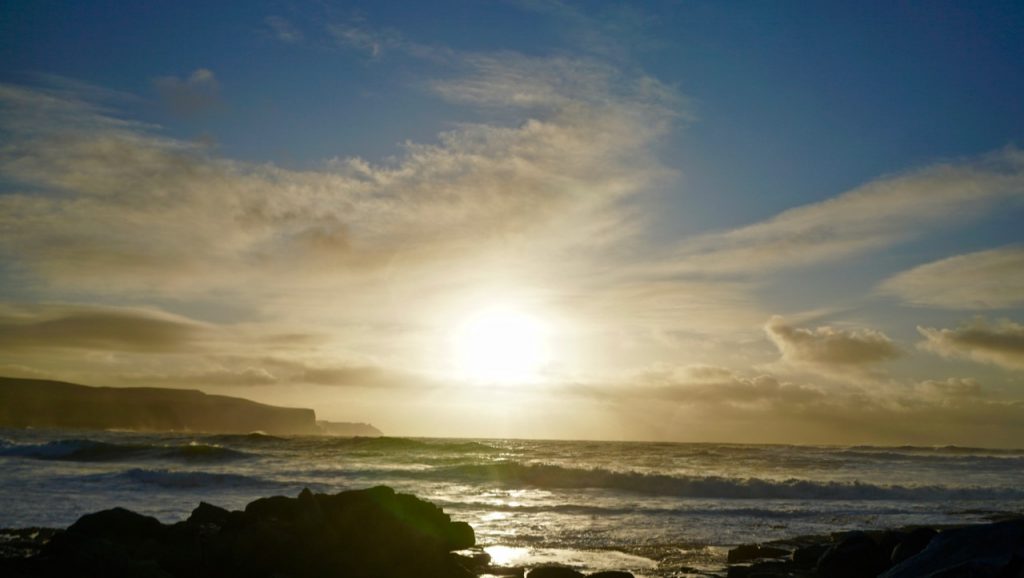
0 Comments on Ireland
Join the Conversation